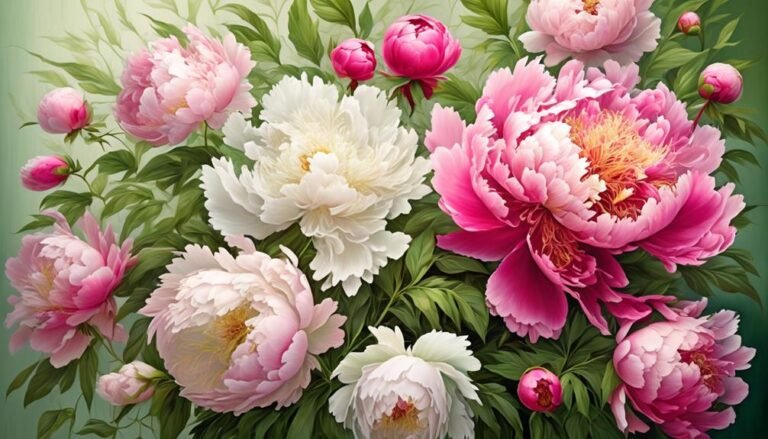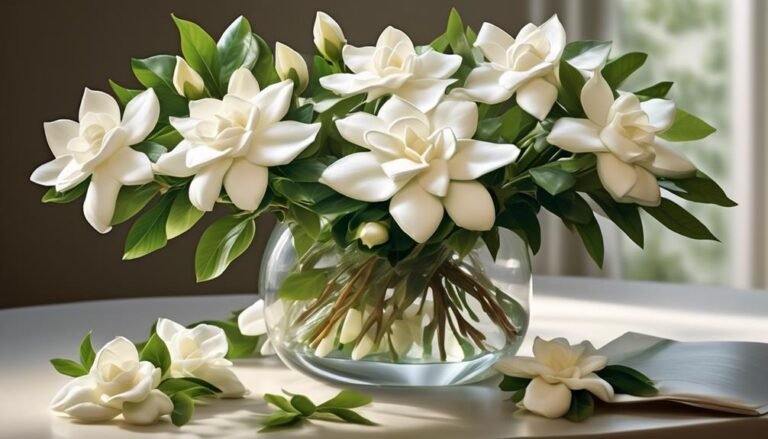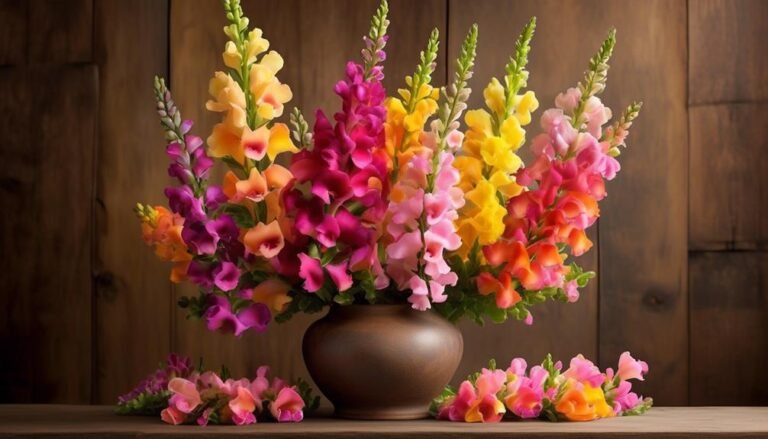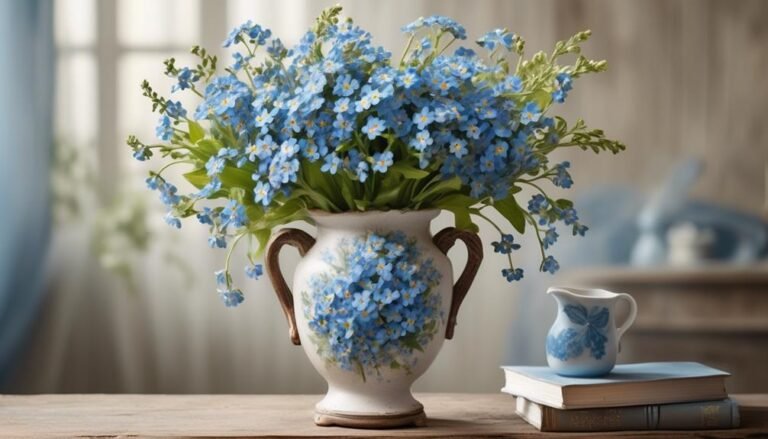Popular Types of Florist Flowers – Alstroemeria
Alstroemeria, also known as the Peruvian lily, is a popular florist flower cherished for its elegance and versatility. This beloved bloom comes in a range of captivating colors and boasts an intriguing botanical background.
Scientific Name and Origin
The scientific name of Alstroemeria is derived from the Swedish botanist Clas Alströmer. It belongs to the Alstroemeriaceae family and is native to South America, particularly Peru. Its unique botanical characteristics make it a fascinating addition to any floral arrangement.
Seasonal Availability
Alstroemeria is available year-round, making it a convenient choice for various occasions. Its long vase life and resilient nature make it a practical and cost-effective option for both professional florists and casual flower enthusiasts.
Care Tips
Caring for Alstroemeria is relatively simple. It thrives in well-draining soil and requires regular watering. Removing spent flowers and providing adequate sunlight can help prolong its blooming period. Additionally, Alstroemeria is known for its ability to continue blooming after being cut, making it a popular choice for floral arrangements.
Captivating Colors and Characteristics
One of the most appealing aspects of Alstroemeria is its wide array of colors, including vibrant shades of pink, orange, purple, and white. Its unique patterned petals and delicate, lily-like appearance make it a versatile option for various floral designs.
In conclusion, Alstroemeria is a timeless floral favorite with a rich botanical background and a wide array of captivating colors. Its versatility and ease of care make it a valuable addition to any floral arrangement, and its year-round availability ensures its popularity among florists and flower enthusiasts alike.
Scientific Name

Alstroemeria, also known as Peruvian lily or Inca lily, is a perennial flowering plant belonging to the family Alstroemeriaceae. It's named after the Swedish botanist Baron Von Alströmer who discovered it in the 18th century. Alstroemeria is native to Chile, Brazil, and Peru, and is popular in Europe for its variety of colors and long vase life.
Cultivation of Alstroemeria requires well-drained sandy or loamy soil and a sunny location. Regular watering, especially during dry periods, and cooler temperatures are ideal for its growth. Propagation is commonly done through division of rhizomes or tubers.
While not extensively documented, Alstroemeria has been found to contain alkaloids with potential anti-inflammatory and anti-cancer properties. Some traditional medicines use the roots of certain species to treat various ailments, although more scientific research is needed to validate these claims.
Background History
The alstroemeria, also known as the Inca or Peruvian lily, was discovered in the 18th century by Swedish botanist Baron Von Alströmer. Its natural habitat in South American countries such as Chile, Brazil, and Peru has contributed to its significance in different cultures.
The alstroemeria carries different meanings in various cultures, such as being beloved and a token of companionship or good luck. It's also popular in Europe for floral arrangements due to its vibrant colors and long vase life, making it a favored choice for summer floral arrangements.
The alstroemeria's journey from its natural origins in South America to becoming popular in Europe has heightened its appeal in the world of floristry.
Physical Description

Alstroemeria flowers come in a vibrant array of colors, including reds, pinks, oranges, bronzes, yellows/greens, purples, and ivories, often in solid or bicolor varieties with streaks or speckles on inner petals. The leaves are pointed and twist as they grow, adding an elegant and dynamic aspect to the plant. Alstroemeria stems are pulled out of the rhizome to stimulate new growth, contributing to the plant's resilience.
Alstroemeria is ethylene sensitive, requiring special pretreatments and low-dose flower foods to enhance color and vibrancy. It belongs to the Amaryllidaceae family, which includes onions, daffodils, and Agapanthus species.
Handling alstroemeria without gloves can cause a poison ivy-like rash due to its toxicity, and consuming any part of the plant can lead to adverse reactions. These factors should be considered when cultivating or handling alstroemeria flowers.
Colours and Characteristics
Alstroemeria flowers are known for their vibrant colors and unique characteristics, making them a popular choice for floral arrangements. Their diverse colors hold various meanings, making them ideal for expressing emotions and messages in bouquets, centerpieces, and corsages.
- Reds symbolize passion and determination, while pinks represent friendship and devotion.
- Oranges signify warmth and happiness, and bronzes depict stability and support.
- Yellows and greens symbolize prosperity and good fortune, purples represent admiration and respect, and ivories signify purity and charm.
These flowers are perfect for weddings, birthdays, and celebrations due to their long vase life and the ability to convey specific emotions. Alstroemeria's unique characteristic of upside-down leaf growth adds to their visual appeal, making them intriguing for botanical enthusiasts.
With a wide range of colors available, except for blue and green, alstroemeria flowers offer ample options for creating meaningful and visually stunning floral arrangements.
Varieties Available

Alstroemeria Varieties: A Guide to Types and Growing Options
Alstroemeria, also known as Peruvian lily or lily of the Incas, offers a wide range of varieties, each with unique characteristics and visual appeal. Popular alstroemeria varieties for floral arrangements include A.Apollo, A.psittacinaRoyal Star, A.Cahors, A.Coronet, and A.Friendship, which come in a stunning array of colors, perfect for creating vibrant bouquets.
For container gardening, consider varieties like A.Indian Summer, A.Inticancha Passion, A. aurea Lutea, A.Orange Glory, and A. Oriana. These compact varieties are ideal for small outdoor spaces or indoor settings, providing the beauty of Alstroemeria in confined areas.
The unique characteristics and stunning colors of varieties like A.Indian Summer, A.Inticancha Passion, A. aurea Lutea, A.Orange Glory, and A. Oriana make them a perfect choice for adding visual interest to any floral arrangement or garden setting. Whether you're creating a bouquet or enhancing your outdoor space, the diverse selection of Alstroemeria varieties offers something for everyone.
Seasonal Availability
Alstroemeria is at its peak from late spring through early summer, offering a wide range of colors and varieties for floral arrangements. During this time, incorporating a mix of vibrant and pastel-colored Alstroemeria can create stunning arrangements. The variety of colors available allows for diverse and eye-catching combinations, perfect for brightening up any space.
To extend the vase life of Alstroemeria during its peak season, there are several tips to keep in mind. Firstly, ensure the stems are placed in water as soon as possible after cutting to prevent wilting. Trimming the stems at an angle and changing the water every few days can significantly prolong the vase life. Additionally, removing any leaves that would be submerged in water helps to maintain water clarity and purity, preventing bacterial growth that can shorten the lifespan of the flowers.
Care Tips

Taking care of your Alstroemeria flowers is essential to ensure their longevity and vibrancy. Here are some tips to help you maximize the beauty and lifespan of your Alstroemeria:
- Proper Stem Trimming:
- Upon receiving your Alstroemeria flowers, re-cut the stems at a 45-degree angle to help them absorb water efficiently.
- Remove any leaves that will be submerged in water to prevent bacterial growth and promote a longer vase life.
- Clean Water and Flower Food:
- Use a clean vase filled with cool water and add flower food to provide essential nutrients to the flowers.
- Change the water every 3-4 days and trim the stems again to maintain water quality and keep the flowers hydrated and vibrant.
- Ideal Display Conditions:
- Display your Alstroemeria in a cool, shady spot away from direct sunlight and ripening fruit.
- Direct sunlight and ethylene gas from ripening fruit can accelerate the aging of the flowers.
- Keeping them in a cool environment can prolong their freshness.
It's important to note that some individuals may be allergic to Alstroemeria. If you or someone in your household has allergies, handle the flowers with care and consider placing them in an area with good air circulation to minimize potential allergic reactions.
What are the Best Ways to Care for Alstroemeria and Ranunculus Flowers?
Alstroemeria and ranunculus flowers are popular types of florist flowers known for their vibrant colors and long vase life. To care for them, keep them in a cool place, change the water every couple of days, and trim the stems at an angle. This will help prolong their beauty and freshness.
Conclusion
Alstroemeria, also known as Peruvian lily or Inca lily, is a popular choice in the floral industry. It is valued for its vibrant colors, long vase life, and versatility in arrangements. This flower is often used to express devotion, friendship, and condolences, making it a thoughtful gift option.
Furthermore, Alstroemeria is associated with good luck, which adds to its appeal as a gift. People appreciate the positive symbolism and the well-wishes that come with it.
In summary, Alstroemeria adds beauty, elegance, and meaning to any floral display. Its vibrant colors, long-lasting nature, and versatility make it a favorite among florists and gift-givers alike.






